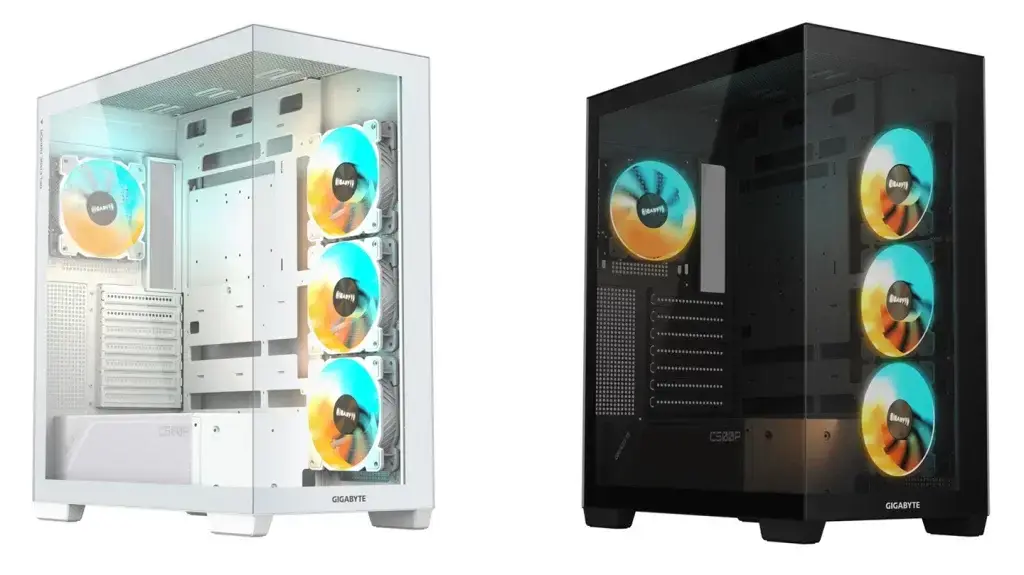Xiaomi recently unveiled a range of new products, including foldable devices, a smartphone, a smartwatch, and the Buds 5 TWS earphones. These should not be mistaken for the Redmi Buds 5, which are available internationally. The Xiaomi Buds 5 replace the Buds 4, which launched back in 2022. Let's dive into what these new earphones bring to the table.
Xiaomi Buds 5 Specifications
The Xiaomi Buds 5 sport a dual-tone design featuring a glossy stem and matte-textured earbuds, providing a premium aesthetic. Weighing just 4.2 grams, these earphones are designed for a comfortable fit that follows the curve of the human ear. They are IP54-certified for dust and water resistance, offering durability in various conditions. Additionally, the Buds 5 come with smart controls for multiple functions, including one-click content summaries.
In terms of audio capabilities, the Xiaomi Buds 5 are equipped with 11mm drivers and feature active noise cancellation to minimize ambient noise. Each earbud includes three built-in mics with AI noise cancellation to ensure clear call quality. The earphones also support Qualcomm aptX Lossless for uncompressed, original quality audio. Xiaomi has collaborated with Harman’s Golden Ear Team to offer customized sound effects and various audio enhancements. The device also provides a spatial sound experience and supports Dolby Atmos when connected to a compatible Xiaomi phone.
Battery and Connectivity
The Xiaomi Buds 5 are powered by a 480mAh battery, with each earbud containing a 35mAh cell. This setup delivers up to 6.5 hours of usage on a single charge, extending to 39 hours with the charging case. The earphones can quickly pair when the case is opened and are capable of connecting to two devices simultaneously.
The Xiaomi Buds 5 are priced at CNY 699 (~$). They are available in Moon Shadow Black, Snow Mountain White, and Titanium Gold colors.











